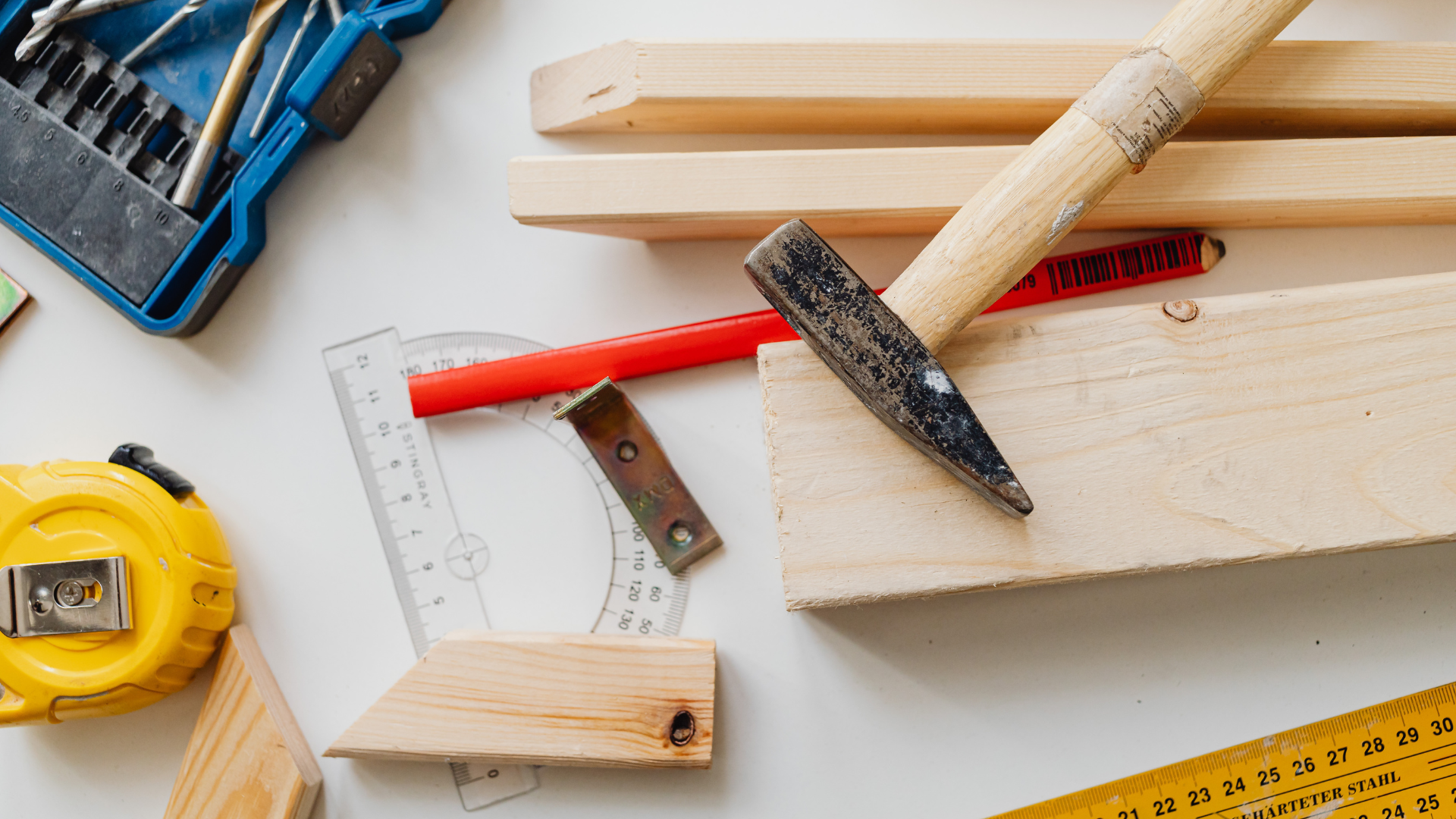Have you ever wondered why garden sheds have an extra layer covering their exteriors? That layer is known as cladding, and it serves a multitude of purposes beyond mere aesthetics.
Exterior cladding is a technique that applies a protective layer to the exterior of a structure. In this guide, we will unravel its purpose and significance, particularly in sheds.
Timber Cladding
Cladding refers to the process of adding an external layer to the exterior of a building. This additional layer serves as a shield against weather elements. What’s more, as a barrier between the interior and exterior environments. Cladding is a versatile construction method that provides protection, insulation, and aesthetic enhancement.
The materials can vary widely, offering diverse appearances, textures, and performance characteristics — including:
- Metal cladding: Offers durability, sleek aesthetic, and weather resistance. Mostly made of aluminium or steel.
- Vinyl cladding: Known for its low maintenance requirements and cost-effectiveness.
- Brick cladding: Gives a classic, timeless appeal and robustness.
Last, but certainly not least, there’s:
- Wood cladding: Provides a natural and warm look, plus excellent insulation properties.
Choosing the right cladding material is crucial. For one, it directly impacts the building’s performance, appearance, and maintenance requirements. Factors such as climate, desired aesthetics, durability, maintenance, and budget should be considered.
Protection and Weather Resistance
Cladding serves as a protective layer for buildings, including outdoor structures. One of its primary functions is to enhance the weather resistance of sheds, for instance. Cladding safeguards them against rain, wind, UV radiation, and other environmental elements.
By acting as a barrier, cladding prevents moisture penetration into the building envelope. This reduces the risk of water damage, mould growth, and structural deterioration.
Cladding materials play a significant role in enhancing weather resistance. Take metal cladding materials like aluminium or steel as an example. They are known for their corrosion resistance and can withstand harsh weather conditions. A well-treated wood cladding can resist rot and decay, making them ideal for humid climates – especially if pressure treated.
Vinyl cladding, in contrast, is highly resistant to moisture. Plus, the material can withstand extreme temperatures without warping or fading. Finally, brick cladding offers exceptional durability and can withstand strong winds and impact.
The use of cladding can significantly extend the lifespan of buildings. Protecting the underlying structure from such elements ensures integrity over time. Moreover, buildings with well-designed cladding systems often require less maintenance and repairs. This results in long-term cost savings and increased durability.
Whether it’s cladding for construction or cladding for sheds, adding that extra layer of protection provides safety for you and your money.
Thermal Insulation and Energy Efficiency
Cladding plays a crucial role in contributing to the thermal insulation of buildings. It helps regulate heat transfer, reducing heat loss in winter and heat gain during summer. This enhances energy efficiency and provides a comfortable indoor environment for occupants.
Timber material, in particular, offers good thermal insulation properties. But metal panels and components with insulated layers also work wonders. They create a barrier that reduces heat transfer through the building envelope. With this, the reliance on heating and cooling systems is minimised.
Aesthetic Appeal and Architectural Enhancement
Cladding also enhances the visual appearance of buildings, transforming them into architectural marvels. The choice of cladding materials and designs allows for unique facades.
Different timber cladding materials offer a wide range of textures, colours, and patterns. Metal cladding can provide a sleek, modern look. Meanwhile, wood cladding exudes warmth and natural beauty. Brick cladding offers a timeless charm, and glass cladding gives off contemporary effects.
Cladding’s impact on aesthetics isn’t limited to large-scale buildings. Even garden buildings like sheds can benefit from well-chosen cladding materials. For example, cedarwood cladding can add rustic charm to a garden shed. In contrast, metal cladding can provide a contemporary and industrial aesthetic.
The right cladding choice can seamlessly integrate garden buildings into the overall landscape. It helps enhance their visual appeal and harmonise with the surrounding outdoor environment – which is why choosing the right shed cladding is so important.
Noise Reduction and Sound Insulation
In noisy urban environments, specialised cladding materials work as effective sound insulation. Double-layered cladding especially works best for this situation. Using insulation materials within the cladding system can significantly reduce noise transmissions, too.
The “sound barrier” they provide prevents external noise from penetrating into the building. This enhances acoustic comfort for occupants.
Round-up
Cladding serves a crucial role in building construction, garden structures are no exemptions. It provides a protective layer, enhancing weather resistance and improving energy efficiency. Moreover, it offers a range of benefits, including the following:
- visual enhancement
- thermal insulation
- noise reduction
- extended building lifespan
Overall, cladding transforms structures into remarkable architectural achievements. Be it a towering skyscraper or a humble garden shed. And with the right material, one can achieve a balance between functionality, aesthetics, and long-term value.
To find the perfect cladding material for your needs, visit our site, explore our timber services, and sign up for more details! Learn more with our blog on What is Cladding? and the TimberX guide to cladding.
